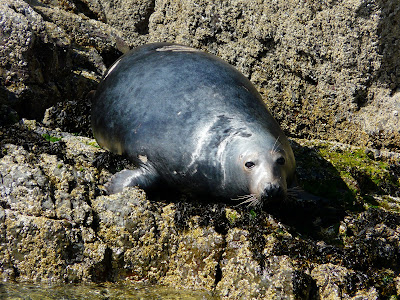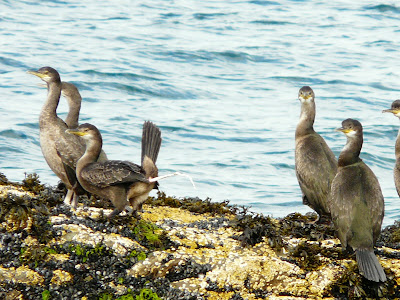The Ring-Necked Parakeets are still very much evident in the local area; with two birds present in Greenbank Park for much of yesterday in the canopy at the southern end of the lake, with another bird heard near to the cafe in Sefton Park also, still today I could hear them calling from the same area of Greenbank Park at 6:00pm; it is however much easier to hear them than to actually see them while the trees are in leaf.
Apart from Parakeets Nuthatches have been very vocal lately with four birds calling in Greenbank and Sefton Park yesterday. The best bird yesterday in Sefton Park was a 1st yr Med Gull near to the children's play area at 1:00pm, my first for the area for a couple of years. The pair of Mute Swans accompanied by their youngster are still moving between the main lake and the higher lake via the self constructed 'swan slide' - a bare slope of about 12 feet they slide down! the 2 adult Little Grebes are still around the island, yet still no sign of any youngsters. Other birds around the park included Grey Wagtail, House Martins, and Swift, imm Grey Heron, other highlights included a Migrant Hawker, Royal Ferns, Betony, Purple Loostrife, and a Red-Eared Terrapin.
In Greenbank Park over the last week Swifts have been gathering in the evening with up to 30 birds at times, its getting quite late in the year for these now and they will soon be off. Pipistelles have been around the northern end of the park at dusk too. The hybrid Goose from last winter has now returned and a female Peregrine over today too.
















